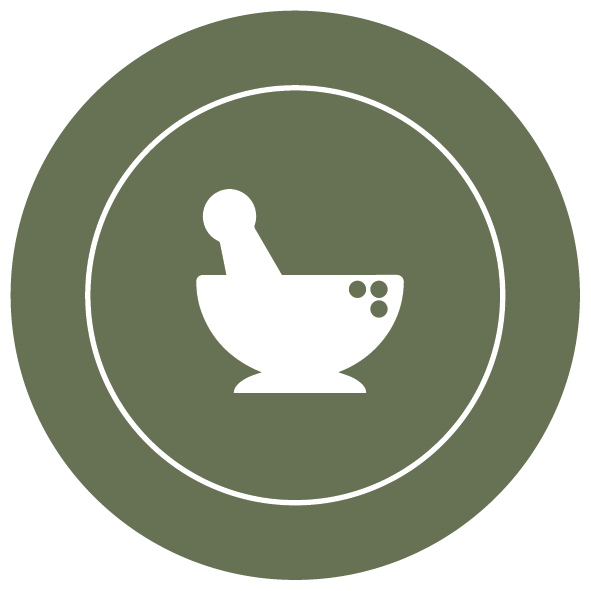Magnesium
Magnesium is a mineral which we need for lots of bodily functions, including keeping our nervous system and bones healthy. Explore our functional foods rich in magnesium.

Small batch

Direct from farm

Organic
Which foods are naturally high in magnesium?
Can magnesium improve sleep quality?
Have you tried our snacks with magnesium?